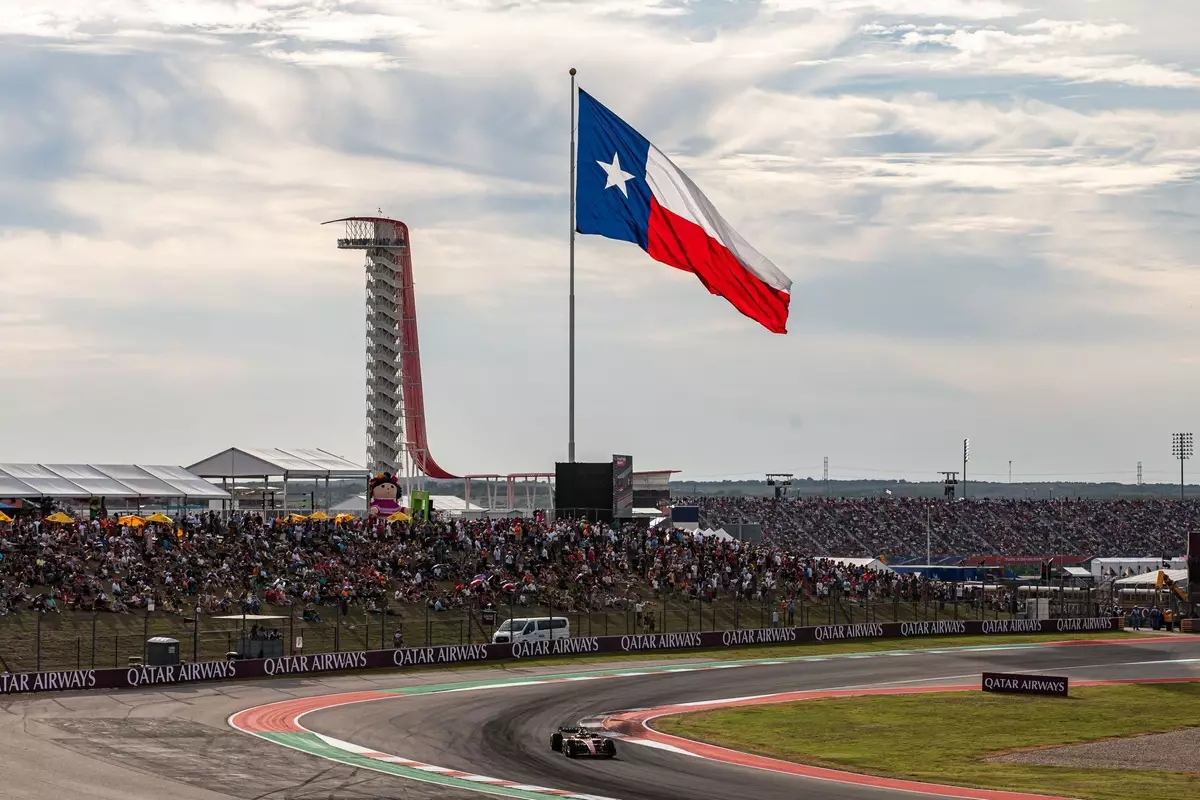As Formula 1 (F1) races transition from a historical focus on roaring engines and high-speed pursuits to what can best be described as motor racing festivals, the dynamics of spectator engagement have changed dramatically. The pandemic has undeniably reshaped the landscape, and with household budgets increasingly strained, race promoters are acutely aware that sellouts cannot be taken for granted. To captivate audiences, F1 has begun to prioritize more than just the races themselves; instead, an enriched experience is now vital for attendees, which includes music concerts, family-friendly entertainment, and an overall carnival atmosphere designed to attract diverse crowds.
One key takeaway from recent developments is the critical importance of on-track competition. After an initially predictable opening to the 2024 season dominated by Max Verstappen of Red Bull Racing, fans have seen an unexpected resurgence of competitive racing, leading to renewed interest. Bobby Epstein, executive chairman of the Circuit of the Americas (COTA), highlights this very point, noting the remarkable correlation between thrilling racing dynamics and ticket sales. The shift from a predictable single-driver dominance to a more competitive racing environment has led to increased ticket sales, drawing spectators eager for drama and excitement.
Epstein’s observations regarding ticket sales reveal important insights into consumer behavior in the post-COVID landscape. Traditionally, ticket purchases followed a gradual upward trend, but recent patterns indicate a spike in last-minute sales. This phenomenon—the “hockey stick” effect—suggests fans are now more inclined to decide closer to the event date, adapting to uncertainty and likely influenced by both the excitement of the season and external factors such as entertainment options.
Furthermore, the introduction of a sprint race weekend has added an intriguing layer of appeal, especially when paired with major music acts like Eminem, who undoubtedly commands substantial popularity. Epstein forecasts a potential record turnout, emphasizing the role star power plays in captivating diverse audiences. He mirrors the sentiment that modern motorsport events now have to compete not just for racing enthusiasts, but for families and concertgoers as well. Given the large-scale adjustments in fan behavior, it’s clear that perception of value has evolved; spectators now expect vibrancy and multifaceted entertainment beyond the standard race format.
The Broader Implication of Competing Events
Expanding the conversation from F1-specific races, there are other unique dynamics at play, particularly when it comes to events coinciding with major local happenings—such as college football games. The convergence of these diverse athletic events speaks volumes about the evolving nature of sport as entertainment. In Austin, the upcoming clash between powerhouse teams, the University of Texas and University of Georgia, promises a collision of fan bases, enhancing the likelihood of an energetic cross-pollination of spectators who are eager for a weekend packed with high-octane entertainment.
Epstein’s optimism about the weekend is infectious as he captures the spirit of this unprecedented combination of events. The notion of Austin as a hub of sports excitement only underscores the potential for increased tourism and economic benefits—particularly in hospitality sectors burdened by inflated prices amidst soaring demand.
Moreover, the impact of the Las Vegas Grand Prix on attendance at COTA adds an interesting layer to the broader narrative. While the newer event has raised eyebrows regarding its potential to siphon fans from established races, Epstein asserts that it has largely bolstered overall interest in F1 within the United States. The distinct nature of each race allows them to coexist without cannibalizing fans, while simultaneously enhancing the sport’s visibility nationwide.
Ultimately, the Las Vegas GP presents F1 with an opportunity not just to showcase opulence and entertainment but also to cultivate a deeper investment in motorsport among U.S. audiences. The anticipation surrounding its returns reflects the increasing intersection of sport and entertainment, emphasizing the need for continual evolution within the F1 framework.
A Future Focused on Adaptation
As we look to the future, it’s abundantly clear that F1 must remain adaptable to retain and attract audiences. The dual importance of competitive racing and entertaining atmospheres is now central to the narrative. With exciting racing, celebrity performances, and fan-centric activities promising a fully immersive experience, F1 is set to engage a wider array of spectators than ever before. This transition reflects a broader trend within the entirety of sports entertainment—a shift that not only affects viewer engagement but significantly impacts ticket sales and overall event success in an increasingly competitive landscape.


Leave a Reply